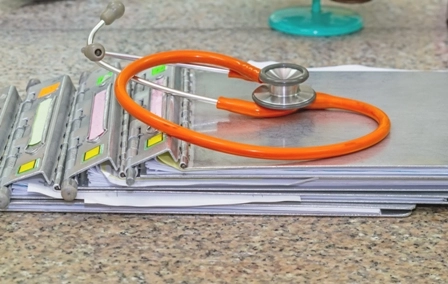Pediatric Coding Alert
Guidelines:
Reduce Prolonged Coding Agony With These 4 Hints
Published on Tue Feb 19, 2019

You’ve reached your limit of free articles. Already a subscriber? Log in.
Not a subscriber? Subscribe today to continue reading this article. Plus, you’ll get:
- Simple explanations of current healthcare regulations and payer programs
- Real-world reporting scenarios solved by our expert coders
- Industry news, such as MAC and RAC activities, the OIG Work Plan, and CERT reports
- Instant access to every article ever published in Revenue Cycle Insider
- 6 annual AAPC-approved CEUs
- The latest updates for CPT®, ICD-10-CM, HCPCS Level II, NCCI edits, modifiers, compliance, technology, practice management, and more
Related Articles
Other Articles in this issue of
Pediatric Coding Alert
- News You Can Use:
Know Which Peds Services CMS Devalued in 2019
Many commonly used codes will negatively impact this year’s bottom line. As we reach the [...] - Guidelines:
Reduce Prolonged Coding Agony With These 4 Hints
Go beyond reporting time to claim additional service time successfully. You’ve probably coded more evaluation [...] - ICD-10 Coding:
Take This Advice for Flawless Worried Well Coding
Hint: Knowing your encounter code options and ICD-10 guidelines pays. The scenario is all too [...] - You Be the Coder:
Distinguish Distinct, Multiple Modifiers in This Separate Procedure Scenario
Question: Our provider administered an ear lavage to remove impacted cerumen in one of our patients. [...] - Reader Question:
Improve Your Coding Health with This New Flu Vaccine
Question: Our dietician reviews electronic food logs sent in remotely on a weekly or monthly [...] - Reader Question:
Assign Additional MDM Point Only if Supplemental Information Provided
Question: We recently took on a new patient who is deaf. The patient came with [...]
View All




